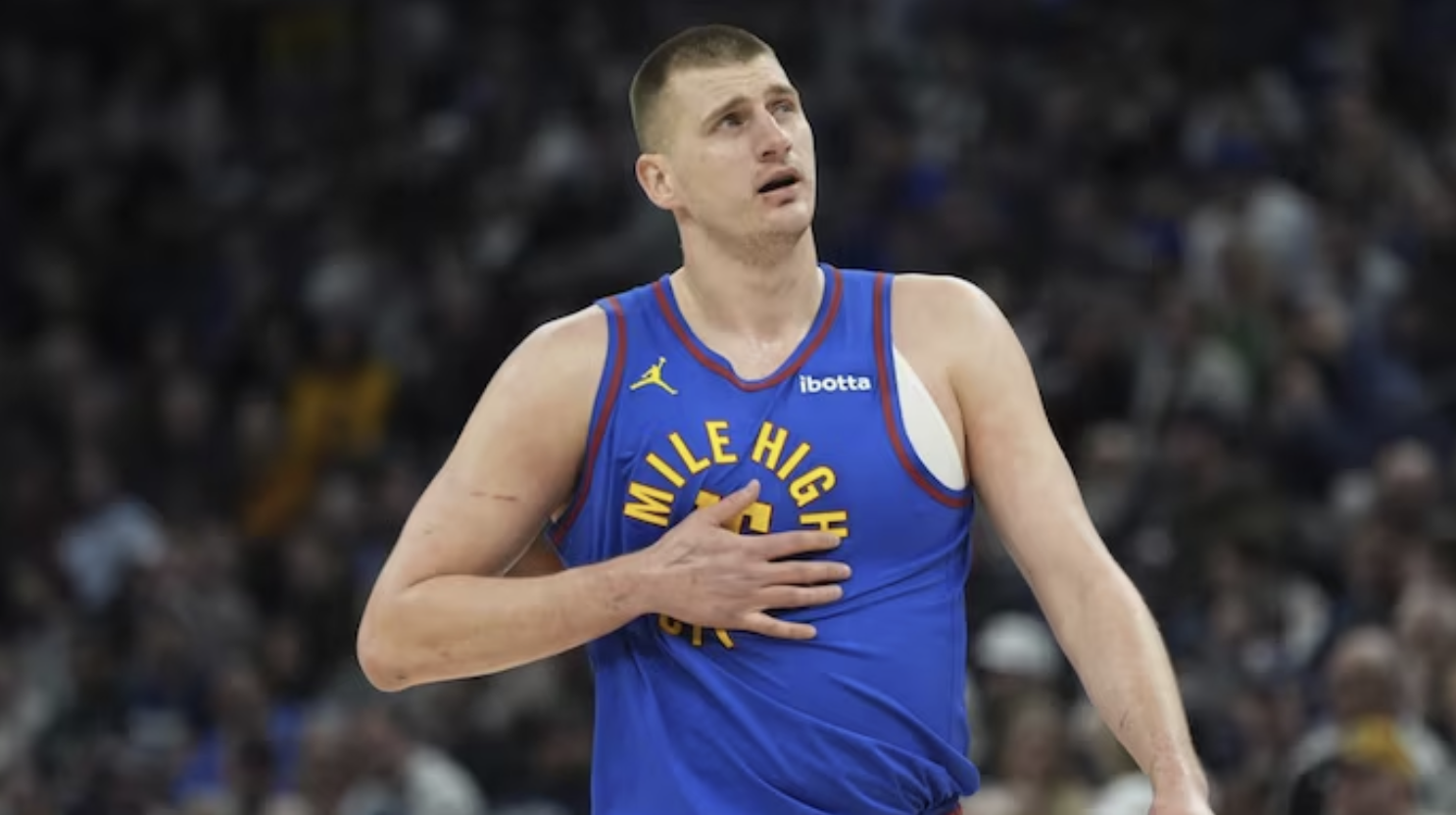Hiring The Joker
If you ask basketball fans today who the most dominant basketball player in the world is, 99% of them would tell you it's Nikola Jokic (nicknamed “The Joker”). He is a machine. He is at the top of the league leaderboard for every important statistic: scoring, rebounds, and assists. He has won three MVP awards and an NBA championship. And he is 30 years old.
But practically nobody expected this.
Expert NBA scouts had this to say about Jokic on draft day:
“Jokic's upside isn't too spectacular because he's a below-average athlete, so he'll have to focus on utilizing his skill set and operating as an efficient shooter and passer within a system.”
Jokic grew up in Serbia and did not go to college. And, in case you’re not familiar, he looks like this:

Jokic was the 41st pick in the 2014 NBA draft. His name was announced at the draft in the middle of a Taco Bell commercial.
40 players were selected ahead of the now greatest player in the world. Over half of the players selected before him are not even in the league anymore.
To all of this I ask—how?
How did all of the NBA scouts and reporters miss this? How did all of the experts, using all of the NBA data in the world, not see this coming?
* * *
The Jokic story, as crazy as it is, is not especially unique. Tom Brady, the now greatest and winningest quarterback in the history of the National Football League, was the 199th pick in the 2000 NFL draft. (There were 253 picks in total.)
The converse is also the case. In the NFL, about 50% of first round picks are wasted on busts: players who fizzle out and only last a few years in the league.
Drafting players is hard, as it is difficult to predict how people will evolve over time. And sometimes, people who don’t look like much up front end up being stars. But if you can make the right prediction, it’s extremely valuable: one great selection can transform a team and lead to years or decades of dominance.
Teams know this, of course, so they spend millions of dollars trying to get their picks right. Scouts, data, analysis. And, yet, they can’t find greatness even half of the time.
* * *
Much of what I’ve written above can also be said for hiring. Hiring great people is difficult but also extremely valuable. It can lead a company to years or decades of dominance.
We all know this. Any smart investor or founder you talk to will tell you about how important employees are; how the people are what make the company. So it’s pretty strange that, compared to most professional sports teams, most companies do not take hiring very seriously at all.
Instead, companies do something close to the bare minimum. Post a job opportunity, ask around in their network, do a mix of boilerplate behavioral and technical reviews, and then extend an offer. That’s it.
It should not be too surprising, then, that many companies could probably fire ~80% of their teams and still be okay. It should not be surprising when you join a company and realize most of your coworkers are incompetent. It should not be surprising to use a mediocre software product. The teams are mediocre!
Because if NBA teams can spend tens of millions and still not see Jokic coming; if NFL teams can have all the data and still miss on more than half of their first-round picks; well, you better believe that most companies are not hitting on great hires more than a few percent of the time.
As for solutions? The best answer is probably just to try harder. Like, 10x harder. Figure out who did the work. Consider running work trials.
Whatever you can do, I’d encourage you to do it: you don’t want some other company to go hire Jokic.
* * *
Enjoy these essays?
Or, if you have any feedback, contact us.